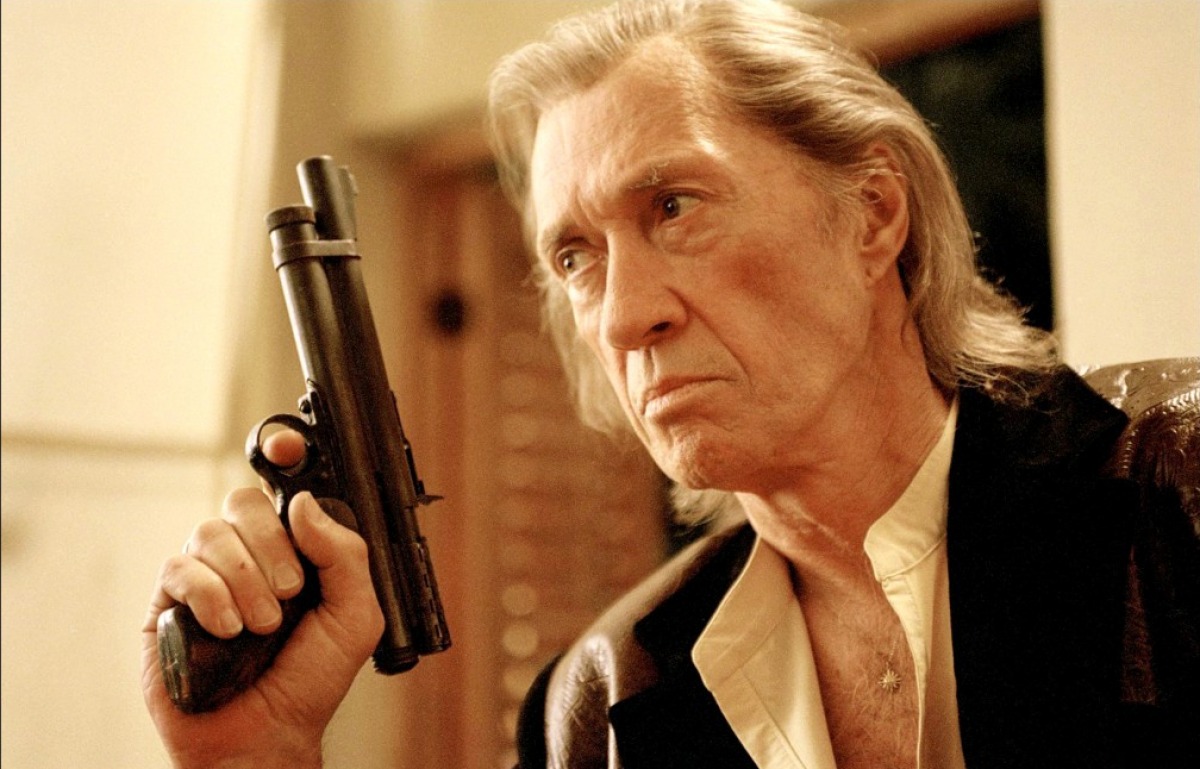
You’re at the theatre, the lights are off, and before you screens an engrossing work of art. It’s fun, well-paced, and enjoyable. But something happens in the last half hour. The plot had been humming along like a well-oiled machine, but suddenly something inside of it seemed to catch fire.
Wait, no! … Seriously? You think, as the film jumps off its rails and careens into ruin. When the credits roll, you depart confused and annoyed that everything went so bad so fast.
Happened to you?
Films are a collaborative art subject to the creative impulses of many individuals. Even the brightest minds can miss something obvious or make a bad judgement call.
Or, as has been the case in cinema since ticket sales became a major concern, controlling interests feel that audiences would prefer a different ending. Scripts and edits can be heavily modified to suit a certain formula after the fact, creating an unnatural jump in the narrative that ultimately leaves every party involved feeling robbed.
Here are ten films ruined by their endings.
1. Minority Report (2002, dir. Steven Spielberg)
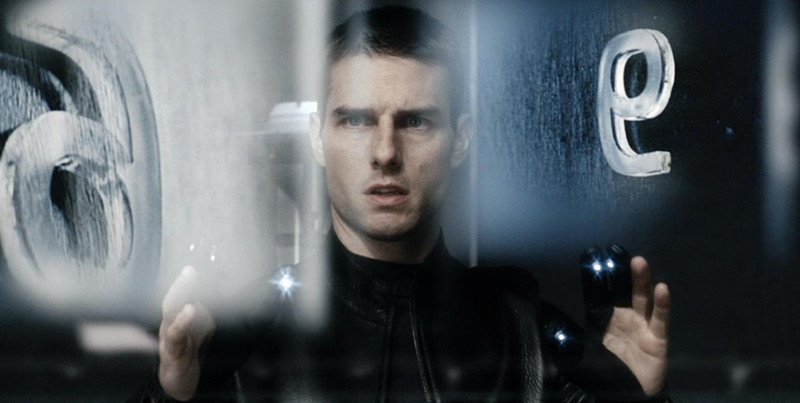
This film had everything, but devolved into lazy clichés at its conclusion.
In the film, John Anderton (Cruise) is the centre of a manhunt. Precogs, who see crimes before they are committed, have notified the federal government that Anderton will murder a man in 36 hours. If caught, prisoners are exiled and ultimately put into a coma, which keeps them in a perfect but false Utopia.
Anderton escapes PreCrime, and comes to know that one of the Precogs, Agatha (Samantha Morton), may have seen a different version of the future than the others, and her report has been covered up. Anderton kidnaps Agatha to try to use her to prove his innocence, but he is set up by PreCrime in order to keep their system intact.
In the end, the founder of PreCrime, Lamar Burgess (Max von Sydow), is confronted by Anderton. Trapped in the logical dilemma that a person can always change their future once they know it, Burgess kills himself, leaving Anderton’s hands implausibly blood-free and righteous. To completely self-destruct, the film closes with the most cliché ending: the hero reunites with his estranged wife, and they are expecting a child together.
The film had several plot deviations from the short story, so a slightly different ending might be expected. But Minority Report drew confusion from critics, some even suggesting that Spielberg was playing a joke on audiences. Whatever his motivations were, the film could have made use of the plot to create a more cerebral ending (as in the story), but it was abandoned for a cookie cutter finish.
2. Pat Garrett & Billy the Kid (1973, 1988, dir. Sam Peckinpah)
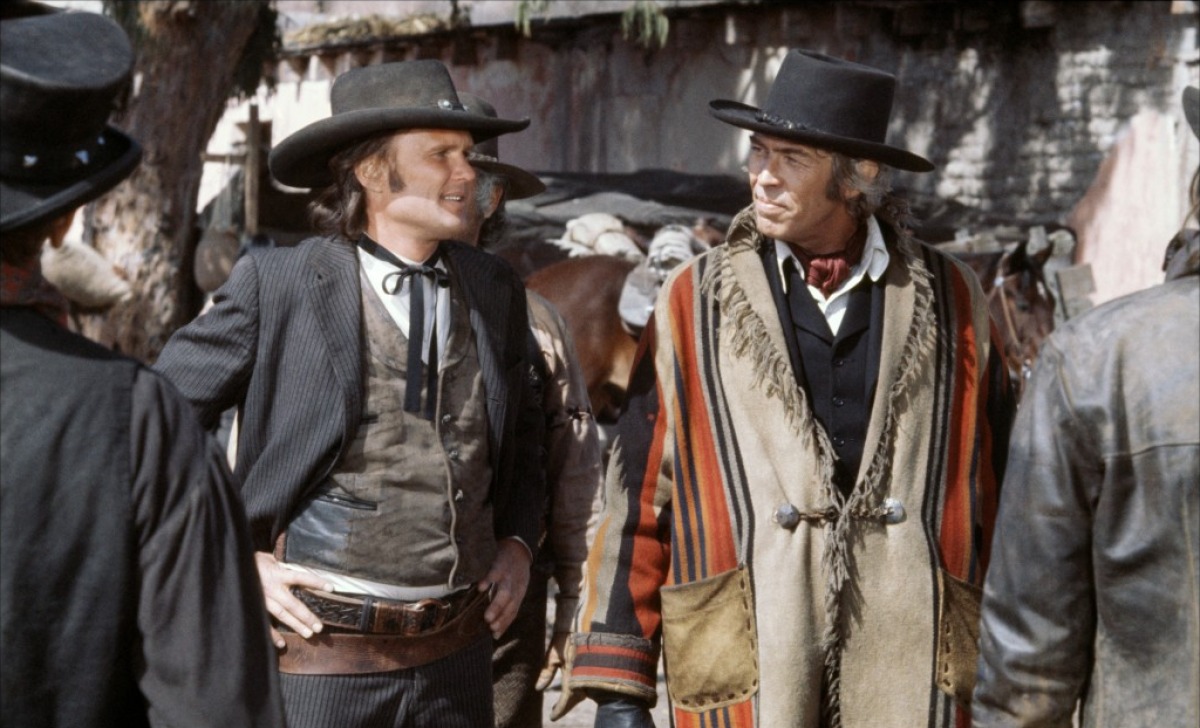
Peckinpah’s film went over budget and was overdue by the time relations with his producers exploded. The original version was drastically recut by the studio and was panned by critics and audiences alike.
In 1988, a second version was released to VHS, and, at about twenty minutes longer than the original version, was well received. While the new release was hailed as a vast improvement, and is now being considered a misunderstood classic, the edit was not able to completely gloss over the parts of the film Peckinpah was too rushed to complete perfectly.
In the film, Billy the Kid (Kris Kristofferson) and Pat Garrett (James Coburn) are old friends. But when Garrett becomes the new Sheriff of the county, he has no choice but to run Billy and his gang off in a bloody shootout.
This isn’t enough for the local land dealers, and they offer Garrett a small fortune to arrest Billy and bring him to the gallows. Garrett agrees when he realizes he can sway the deal to help local farmers avoid a land dispute. Garrett arrests Billy, but Billy kills Garrett’s deputy and escapes. The two begin a vicious feud.
This film gives equal screen time to both Billy and Garrett, and while we understand Garrett’s motivations for the hunt, we can’t help but root for the scrappy, sarcastic Billy. Ultimately, because of their friendship, Garrett knows that Billy can’t be beaten in a straight duel. Instead he waits until Billy is unawares and having a romantic liaison before sneaking up on him and killing him.
If the annoyance of seeing the title character unfairly gunned down by his friend wasn’t enough of an injury, the epilogue of the film shows Garrett being killed by the men he worked for. Nothing increases dissatisfaction like knowing it was all for nothing.
3. Super 8 (2011, dir. J. J. Abrams)
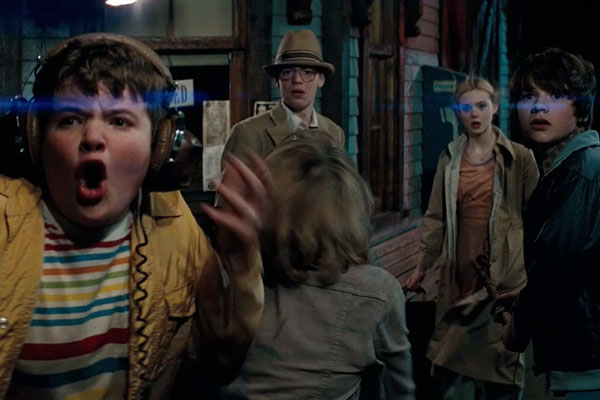
This film began as a comedic idea about a group of kids making a film together in the 1970s. A nostalgic bit of fun for a limited number of people, director J.J. Abrams decided to increase its commercial appeal by melding it with aliens.
Young Joe (Joel Courtney), whose mother is recently deceased, is roped into helping his friends film a zombie movie over the summer. During the course of this, he develops a crush on Alice (Elle Fanning), the daughter of his father’s enemy. While filming, the group of them witness their teacher (Glynn Turman) purposefully derailing a train and releasing an alien.
It kidnaps several people from the town, including Alice. The kids look for clues but are caught by the army. En route to the base, they are attacked by the alien. The kids escape and set off to rescue Alice. They discover the alien has started rebuilding its ship and has several people suspended inside of it to use for food.
In the end, they successfully release Alice, but the alien is awakened and attacks. Joe communicates with it, and, through the pain of his mother’s death, the boy shows the alien they have a shared pain, and manages to convince it to leave everyone alone. The kids leave the craft and Joe provides his mother’s locket as part of the spaceship. The alien then leaves.
The tragedy of Super 8 is that it manages to straddle both concepts surprisingly well for an hour and a half. But ultimately the film slowly loses itself. The alien becomes the selling feature, and also the deus ex machina for the plot. The ending is too easy and too clean.
4. Heaven’s Gate (1980, dir. Michael Cimino)
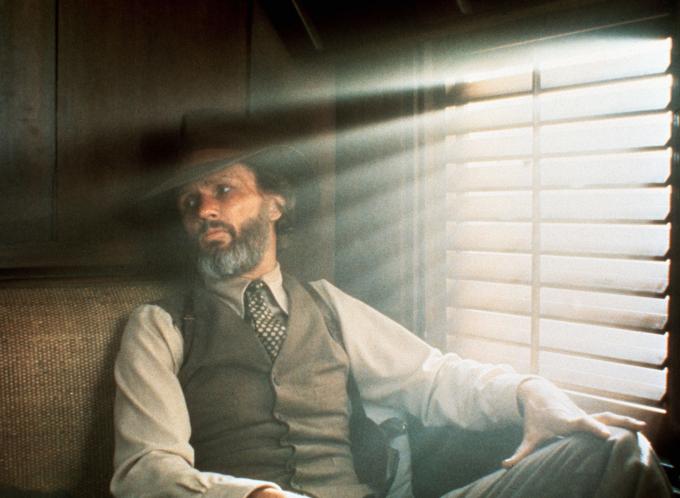
This film combines the two mistakes of of Pat Garrett and Billy the Kid with Super 8.
During filming, it was overdue and over budget, and when Cimino presented the studio with a film that was nearing six hours in length, the studio was aghast. They forced Cimino to cut back the film, and a shorter version was released to theatres for only one week before being withdrawn. It is considered to have tanked not only Cimino’s career, but destroyed the United Artist’s production house, and the western as a genre.
The film was recut and rereleased twenty-five years later at about three and a half hours in length. While versions of this film will vary, the plot is based in fact. It centres on two Harvard graduates (Kris Kristofferson and John Hurt) who are sucked into a growing conflict in Wyoming.
Poor European settlers are at odds with local cattle ranchers. Starving, the settlers steal cattle to last the winter, but the ranchers attack them repeatedly, and over time, without cause. The film escalates in bloodshed until the final showdown.
The ending of this film is in reference to the Johnson County War, in which cattle owners paid gunmen to kill the impoverished settlers accused of stealing beef. In this historical event, dozens of people were killed. The obvious abuse of wealth and influence made for a horrifying story about racism and class warfare in the United States, which could have made for an important film.
Unfortunately, Cimino traded emotional punch for the literal sort; the Europeans use their ingenuity to help defend themselves against the superior firepower by creating siege engines made out of spruce trees and sod. Explosions and wooden tanks take over the battlefield in a bizarre spectacle.
The failure of this potential masterpiece unfortunately came in the planning stages. It was imagined to be grander than history, and to compensate for its budget, it tried to draw interest by using an unnecessary amount of effects and explosions. The over the top ending makes the film impossible to take seriously— even though it probably should have been.
5. Kill Bill Vol 2 (2004, dir. Quentin Tarantino)
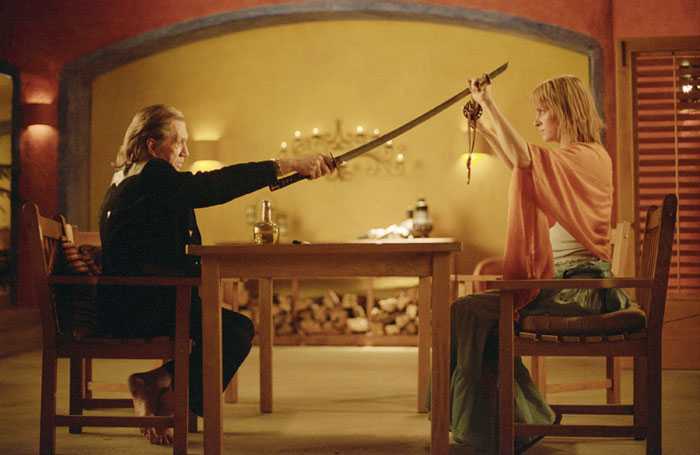
When films turn into serials, two things can happen. Either a sequel is expected and loose ends are explicitly written into the first film’s script, or the sequel is created to maximize profit and is merely tacked onto the end. Ideally, both films need to live in symbiosis with each other, but it is extremely complicated to create one standalone story that feeds a second full-length film.
In Vol 1, The Bride (Uma Thurman) awakens from a coma and vows to take down the assassin ring that tried to kill her, especially her former lover and their leader, Bill. In Vol 2, her remaining three targets are Bill’s brother Budd (Michael Madsen), Elle Driver (Daryl Hannah), and Bill (David Carradine).
However it isn’t The Bride that kills Budd, but Elle. Angered that he has turned into trailer trash and covetous of his money, Elle assassinates him using a venomous snake. The Bride attacks Elle, and the two of them fight. The Bride, oddly, doesn’t kill Elle but rips out her only remaining eye, and leaves her in the trailer with the snake.
The Bride then goes to Bill’s house, and is shocked to see that her own daughter is there. Bill injects The Bride with truth serum. The two of them come to an understanding before The Bride kills him with a secret technique that not even Bill was allowed to learn.
While some have criticized this ending for being too dialogue-heavy and maudlin by comparison to the rest of the film, the fact that it ended twelve years ago now makes this ending difficult to accept.
Nikki (Copperhead’s daughter), Elle, and Sofie (Oren’s aide) are all still alive, making The Bride’s justified revenge incomplete. Also, are we meant to accept that B.B. holds no ill will towards her mother for the murder of her father and the disruption of her life?
Tarantino has said that there is a good probability of another sequel to this story, but we have heard similar promises go unfulfilled before.
While realism in capturing an actor’s age is a laudable goal, perhaps it was better to strike with a hot iron, instead of letting the story, and our interest, cool off for a decade. With so many people left alive to want to kill The Bride and B.B., the ending to Vol 2 just doesn’t satisfy.